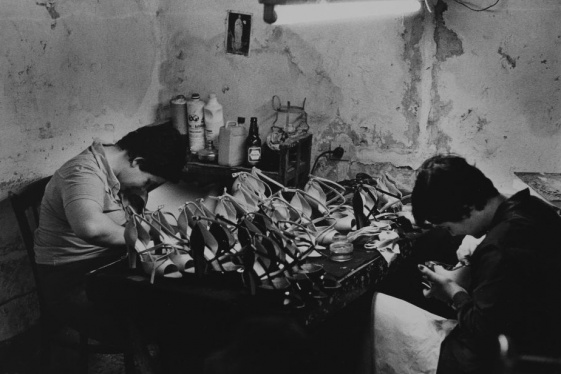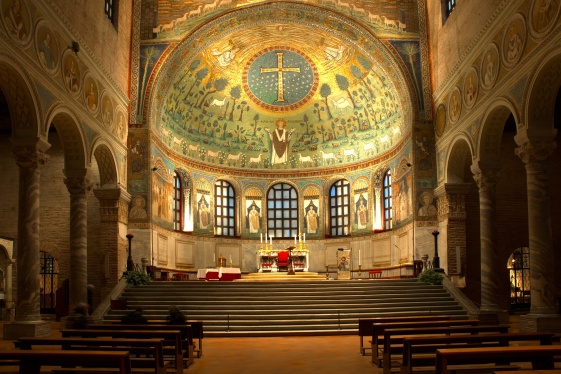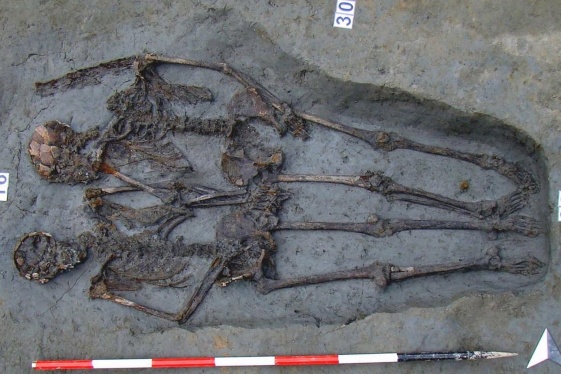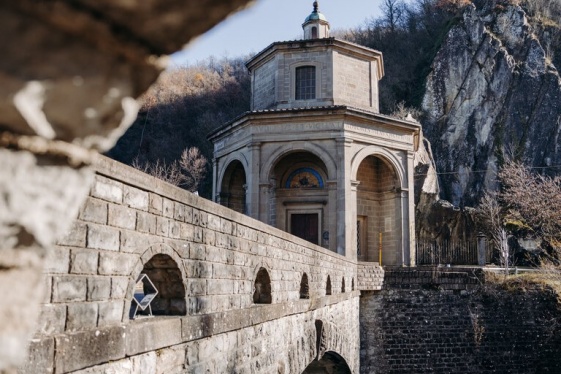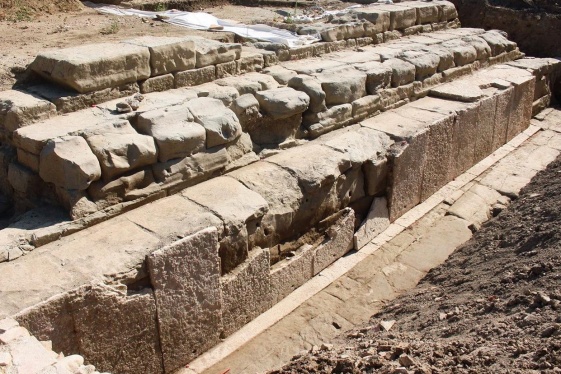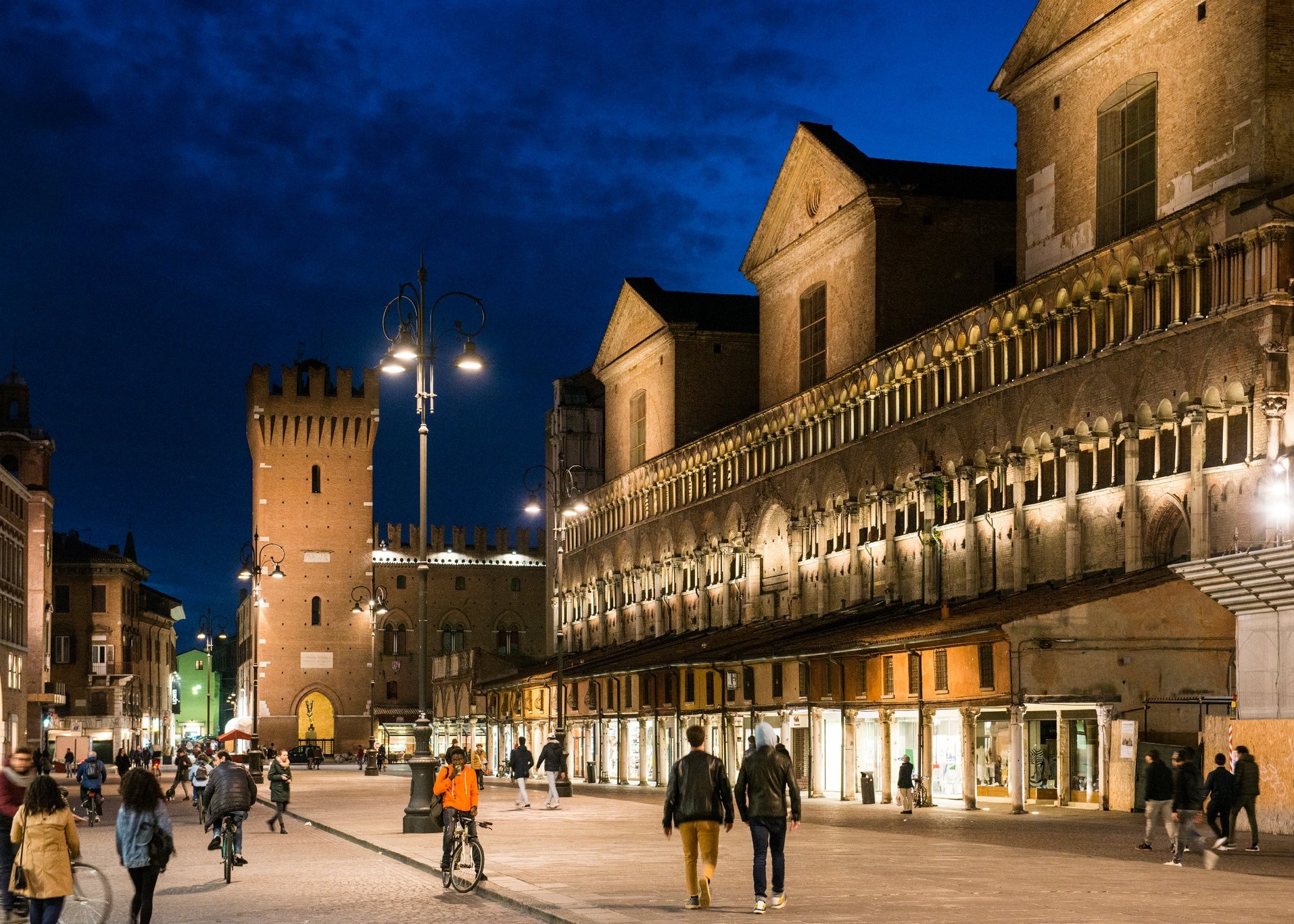

BY: Harry D. Wall
The epigraph etched in Latin on the ancient stone tablet was short and tender: “Claudia Aster, prisoner from Jerusalem.” Brought to Rome in chains after the quelling of the revolt in Jerusalem in 70 A.D., she was apparently the concubine of a Roman notable who wanted to give her a dignified burial and added an unusual element to the funerary stone. “I pray," it said, “take care and follow the law that no one should remove the inscription.”
That tribute is one of many revelations at the new Museum of Italian Judaism and the Shoah in Ferrara, and is at the heart of the museum’s first major exhibition, “Jews, an Italian Story. The First Thousand Years,” which examines the long and complex relationship between Rome and Jerusalem, Christianity and Judaism.
SOURCE: https://www.nytimes.com
You may be interested
-
A Week in Emilia Romagna: An Italian Atmosp...
The Wine Consortium of Romagna, together with Consulate General of Italy in Boston, the Ho...
-
Emanuele: cervello d'Italia al Mit di Boston
Si chiama Emanuele Ceccarelli lo studente del liceo Galvani di Bologna unico italiano amme...
-
'Crimebuster', Lou Dematteis: "Se il papà ita...
"I miei nonni vengono tutti dall’Italia, sono emigrati tra il 1903 e il 1910. Entrambi i m...
-
'I stayed in Italian city with the charm of V...
Known for its picturesque canals, art scene and Renaissance and Gothic palaces, Venice is...
-
'Lovers of Modena' skeletons holding hands we...
The “Lovers of Modena”, a pair of skeletons so called because they were buried hand-in-han...
-
'Truffle tourism' worth 63 million euros in I...
Truffle fairs and truffle hunting tours have attracted some 120,000 visitors to Italy this...
-
‘Bless And Protect My Team’: An Italian Town...
In the chapel of a small hillside sanctuary in Porretta Terme — a handsome town in central...
-
‘Extremely rare’ Roman temple discovered on s...
Sarsina is a sleepy, rural town of barely 3,000 residents straddling the pristine Apennine...





